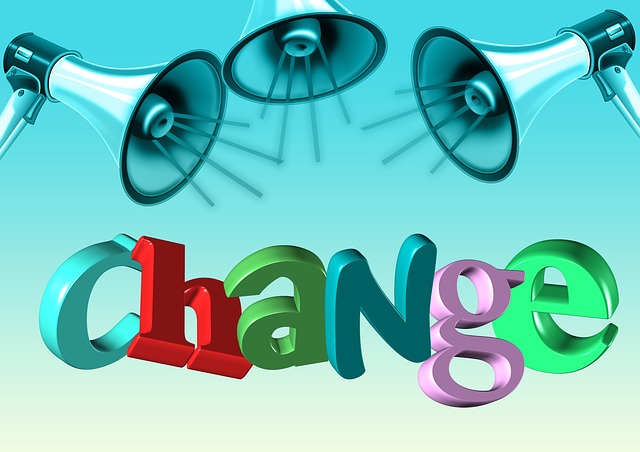
As you plan for 2023, working with journalists and content creators should be a priority and here’s why. Cultivating and leveraging these relationships will help your brand or company to connect, engage, inform, influence and communicate with your intended audience in credible and relatable ways.
Pre-internet before Google or social media, journalists were a primary resource for keeping the public abreast of news and information. Newspapers, magazines, TV and radio were the main conduits of mass communication. However, since the internet was created in the early 1980s a whole new dimension subsequently changed the way news and content is produced, consumed and shared.
Today, in addition to mainstream national and local media outlets, a plethora of content creators and new kinds of media companies have taken off. The widespread creation and use of digital tools, smartphone apps and social media, contributed to this sea change.
Now consumers discover new things, make recommendations to friends and family, are entertained or hear about the latest trends in a variety of ways. And brands have multiple options beyond traditional advertising for sharing their messages. For example, Katie Couric, the former TODAY co-anchor and former CBS News anchor, founded Katie Couric Media in 2017 to collaborate with brands “to create purpose-driven content.”
Here’s how working with journalists, content creators and subsets of each, will benefit your brand.
JOURNALISTS
According to the American Press Institute, “The journalist places the public good above all else and uses certain methods – the foundation of which is a discipline of verification – to gather and assess what he or she finds.” Journalists may be employed by one news organization full-time, freelance independently, appear on-air or contribute to several different outlets.
Editors pursue a story idea based on the value they believe it will bring to their audience. Many receive hundreds of pitches a day because a mention, interview or story in noteworthy media outlets, conveys inherent credibility and authority for the subjects that are cited. Writers, producers, editors, and reporters are not compensated by the brands or companies they cover. This type of media coverage is known as Earned Media as depicted in the PESO model.
According to the Pew Research Center’s Social Media and News Fact Sheet, today, half of U.S. adults get news at least sometimes from social media. Reporters often share their work on social media to gain new subscribers as the WSJ is doing on YouTube and with newsletters. Some journalists also host podcasts and report for other media networks to reach new audiences. Their stories are findable online so an article or video segment spotlighting your brand can have long-term marketing benefits.
Lifestyle Experts and E-Commerce Sites
You may have noticed product review and recommendation sites affiliated with major media companies. Inclusion in these, offers opportunities for brand exposure and sales. The media company earns a commission when a consumer clicks or make a purchase through an affiliate link. The products are chosen based on research, reporting and what they think their viewers and readers would find useful and will like.
New York Magazine’s Strategist is one, The New York Times’ Wirecutter and The Wall Street Journal’s Buy Side are two others. On the broadcast side, NBC’s TODAY Steals & Deals with lifestyle contributor Jill Martin and GMA’s Deals & Steals with Tory Johnson, are popular consumer-focused segments that are integrated with e-commerce sites.
CONTENT CREATORS
Content creators write or produce media content on various topics in the form of a blog, video, infographic, website copy, or something else. Bloggers and social media influencers are often referred to as content creators. They are sought out by brands due to their large followings on social media and high levels of engagement. Here’s a brief look at them.
Bloggers
Blogs offer varied opportunities for featured coverage. From food and beverage, travel and beauty, to tech and business, they run the gamut in subject matter and target audience. Bloggers set their own rules regarding brand collaborations. For some, blogging is a full-time business but for others it may be part of their work in addition to hosting a TV show, podcast, teaching or writing books.
Bloggers may write a feature, host a giveaway, interview a founder, write a review, or offer gift guide opportunities. They will generally use a product or service before recommending it to their readers. If they receive free products, services or a fee, it will be clearly stated as such on their blog. They are also active on social media sharing their blog posts, which provides additional exposure for brands.
Brands
A brand may maintain a blog on their company website creating an Owned Media channel with relevant advice, news, tips, current research, surveys, guides, etc. This represents another type of content creation that serves as a resource for consumers and the media.
Social Media Influencers
Social media influencers may engage in paid collaborations that include sponsored posts, how-to videos or posting photos with or using a brand. Caitlin Covington is an influencer who in this New York Times profile says she was paid $10,000 to $15,000 for two different sponsored posts. Well-known celebrities can command even higher fees for endorsements on their social media channels if they enter into brand partnerships. Known as influencer marketing, these activities are also referred to as Paid Media.
To reach younger people, TikTok stars were invited to the White House in September and other influencers with a combined following of more than 67 million visited in October before the midterm elections.
There are all kinds of influencers to potentially partner with based upon their personas and audience demographics. Carefully consider if they align with your products, services, budget and marketing goals before collaborating.
———
Today’s expansive media landscape offers many opportunities to share your messages and garner impactful visibility, authority, credibility, and engagement with your target audience. We can help you determine and implement a results-oriented marketing communications strategy that is right for you.

